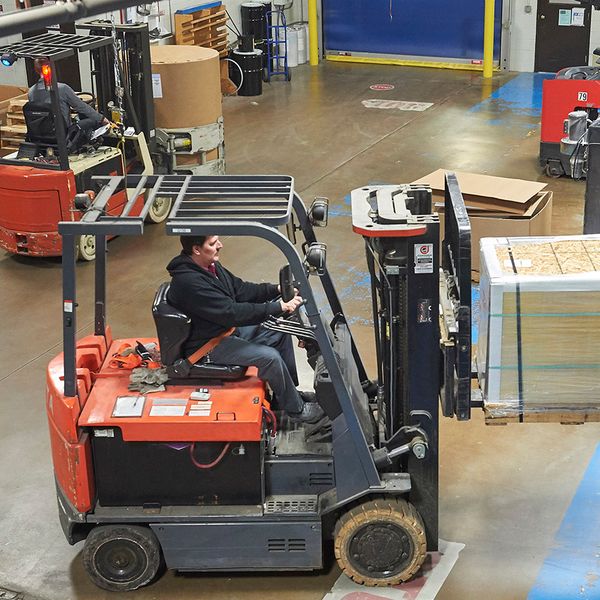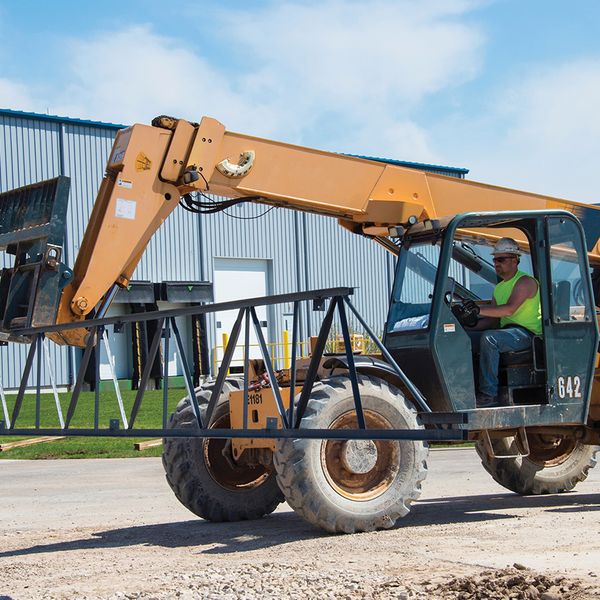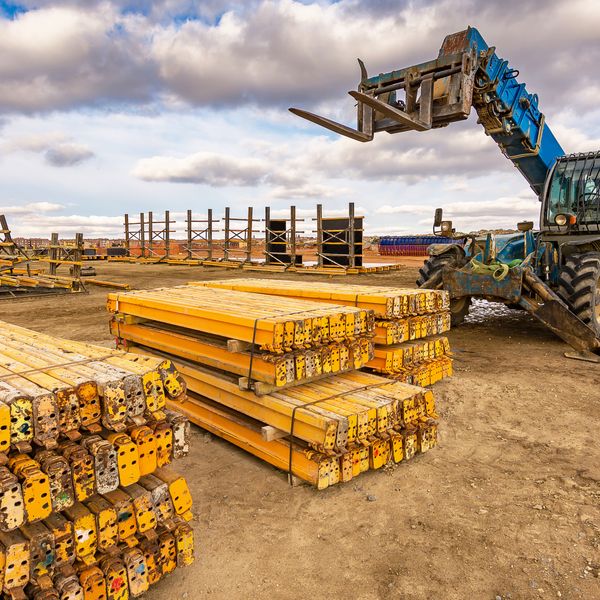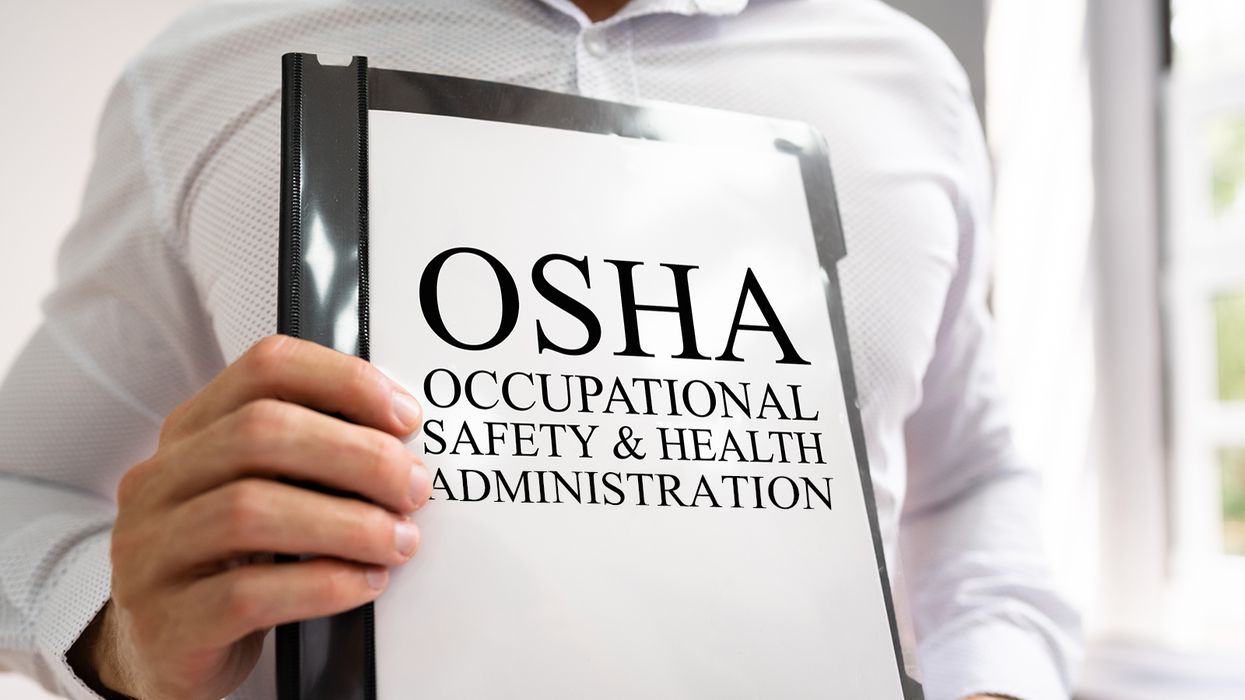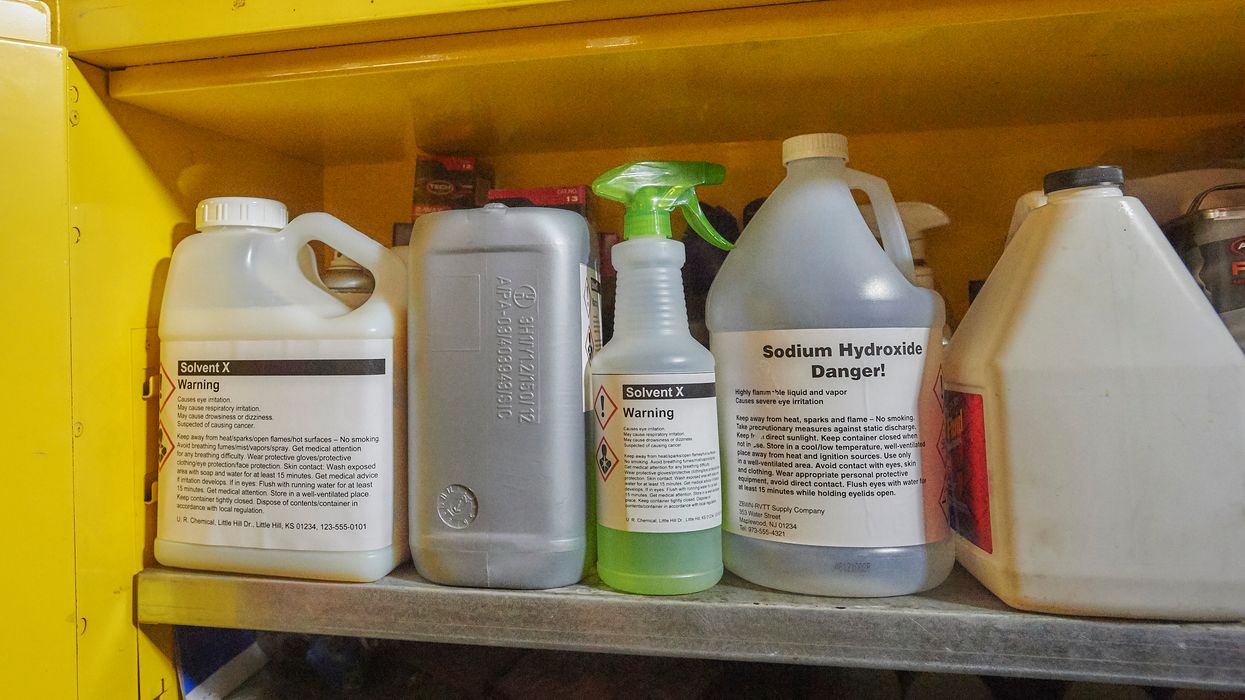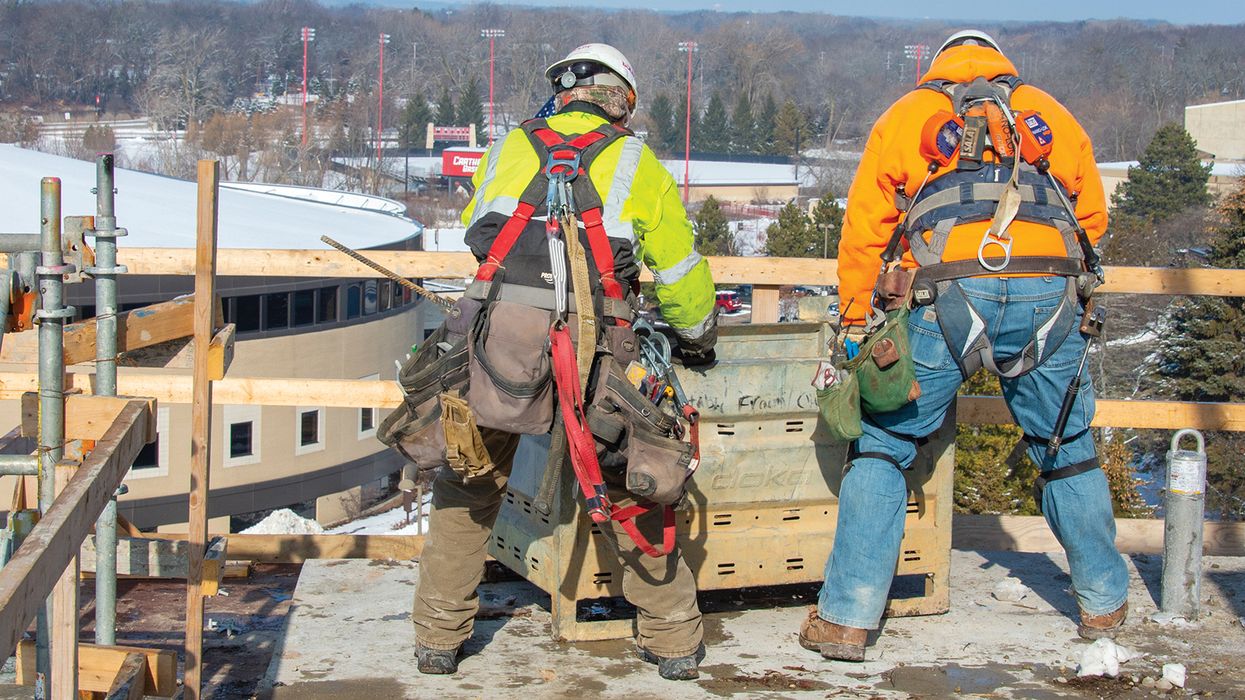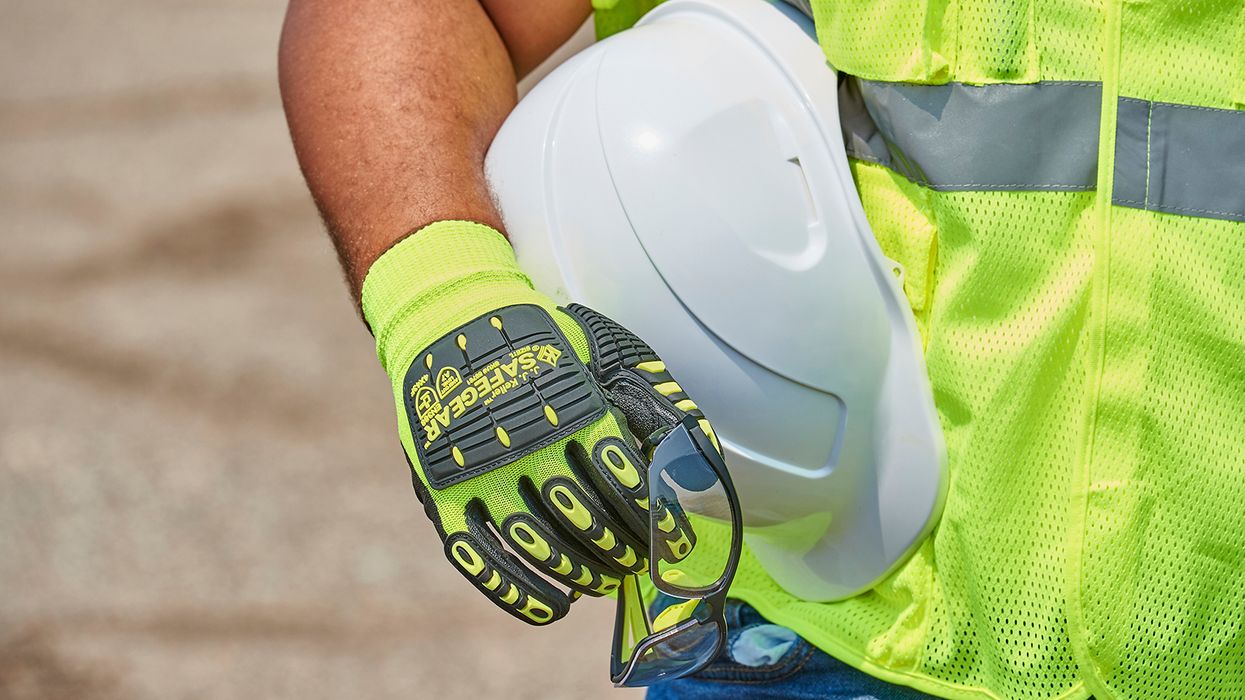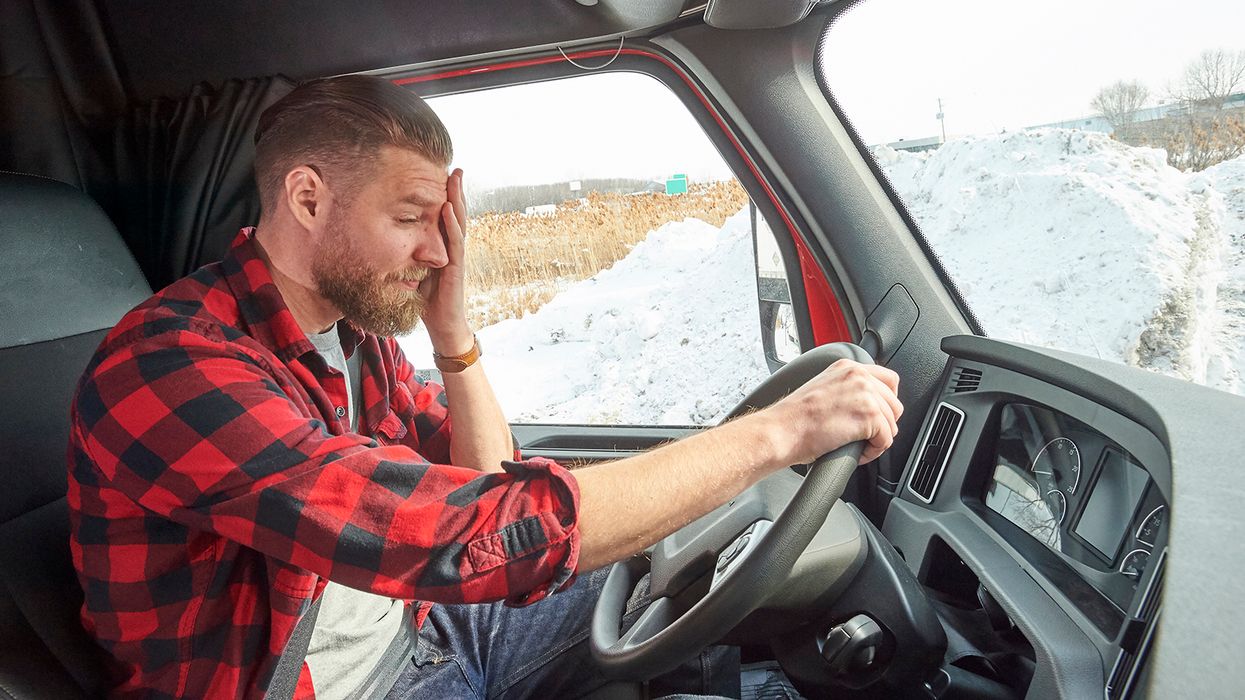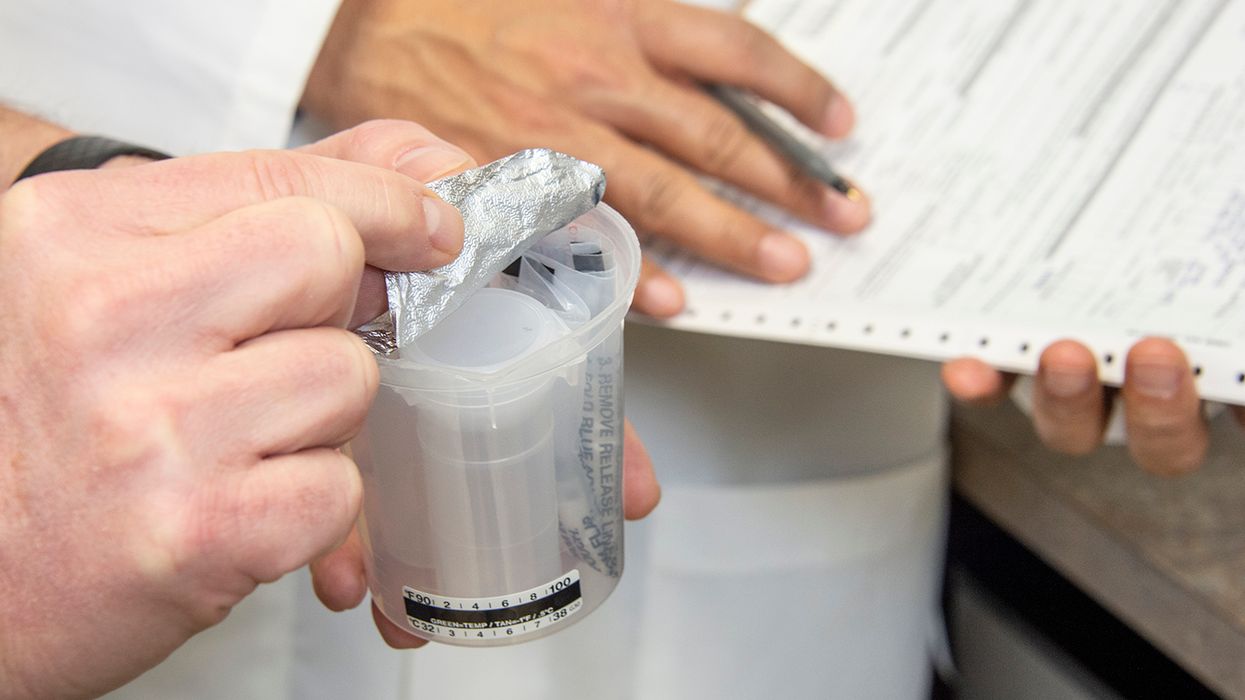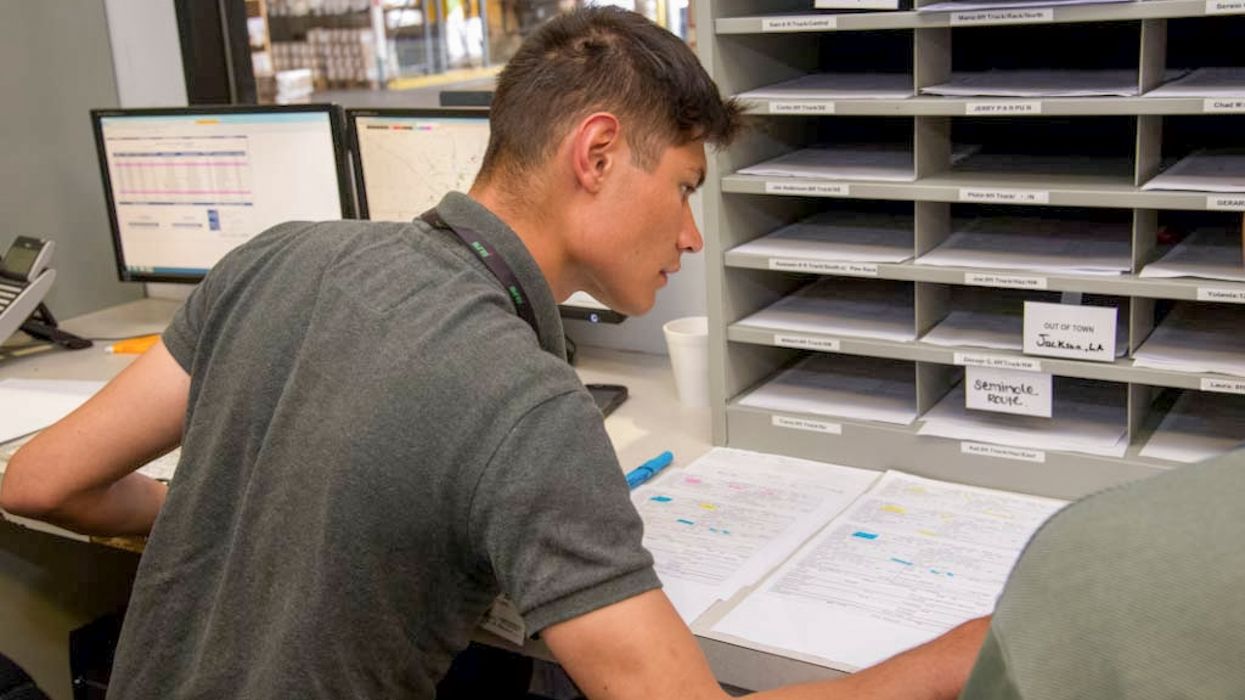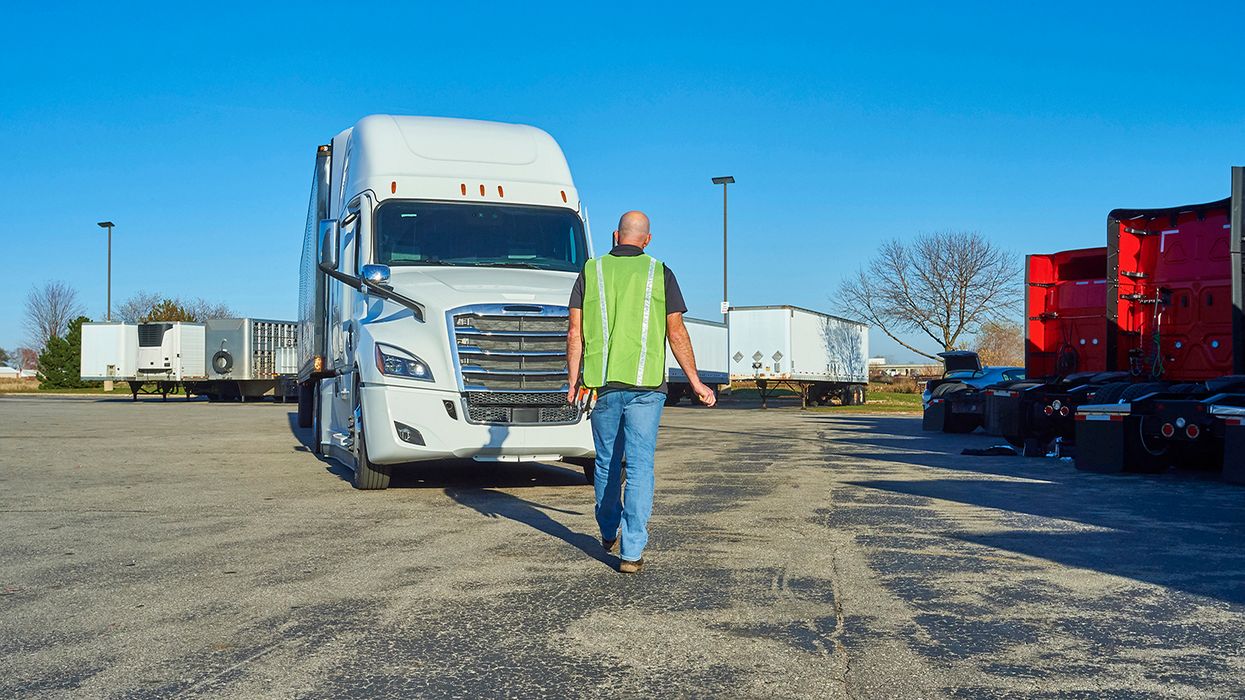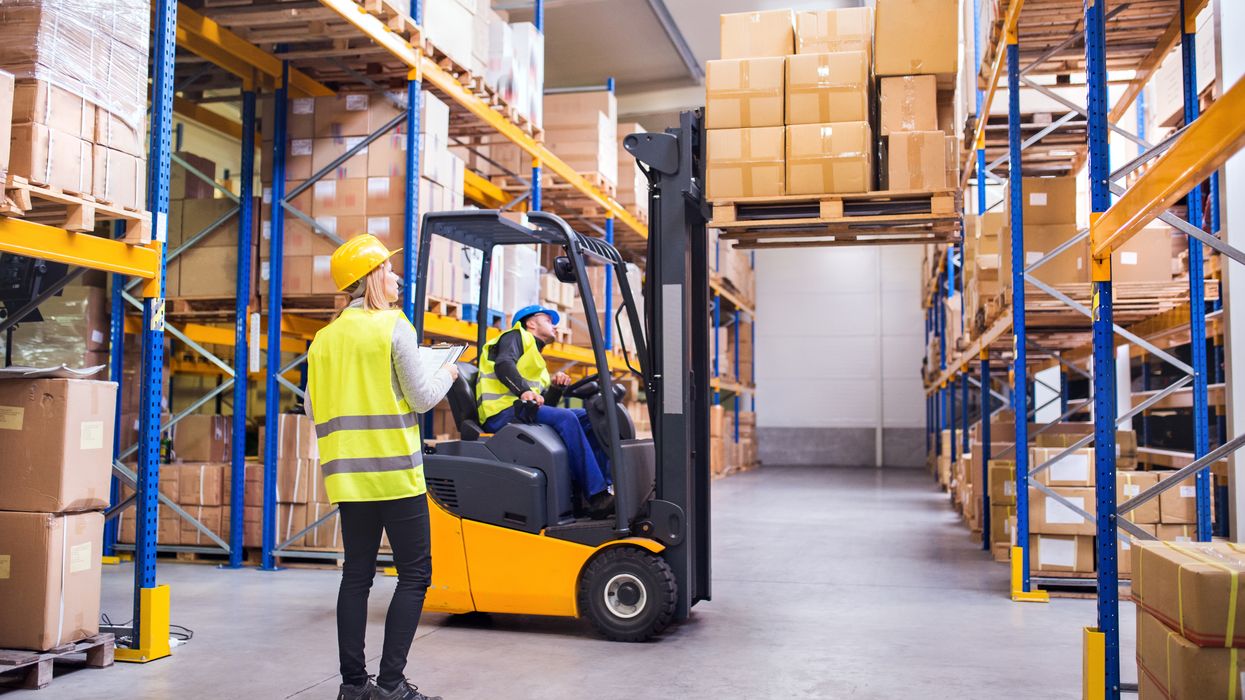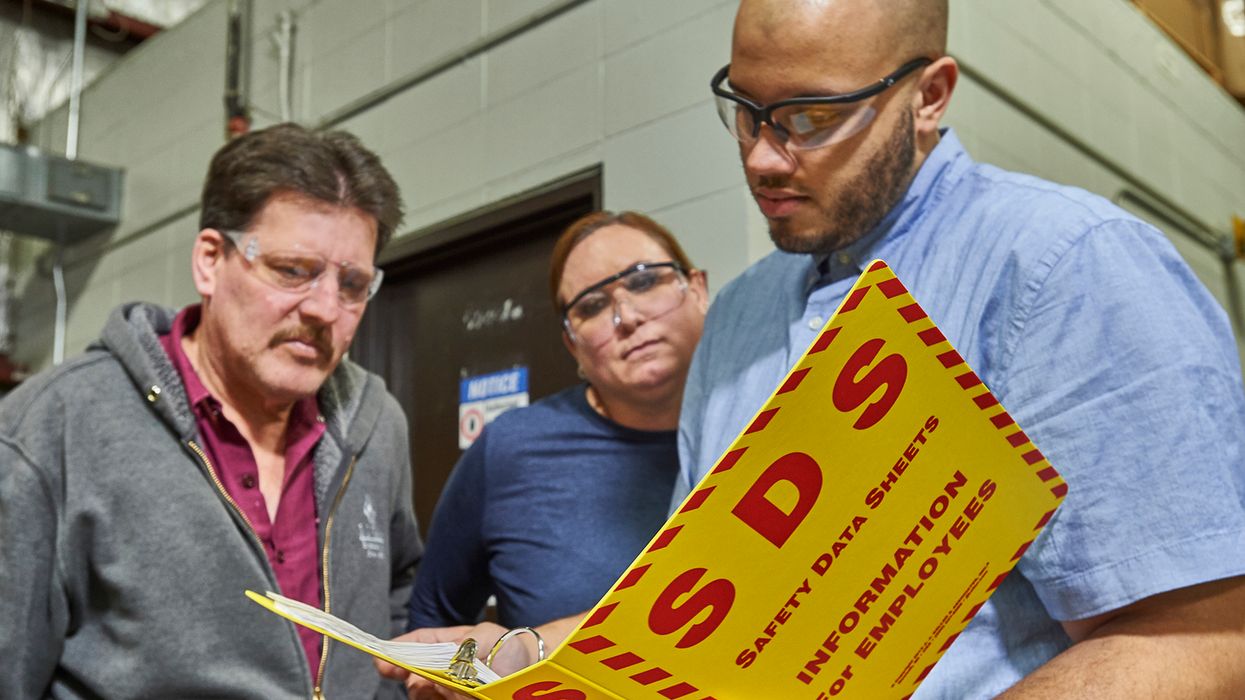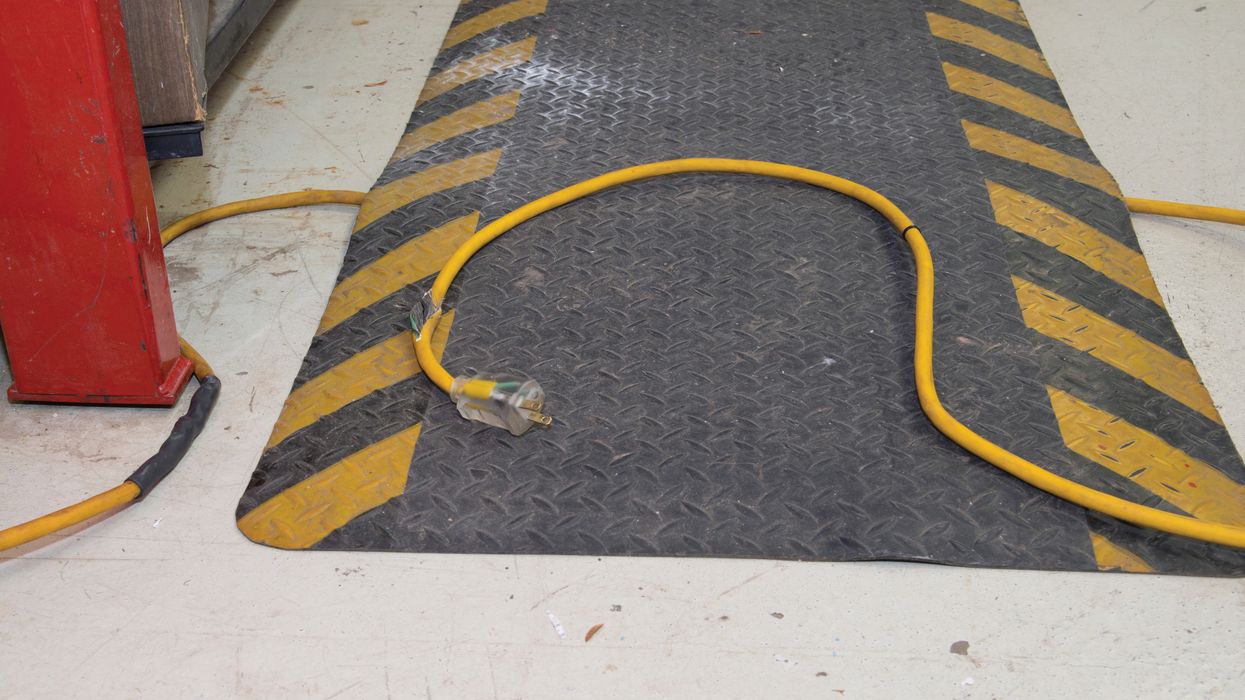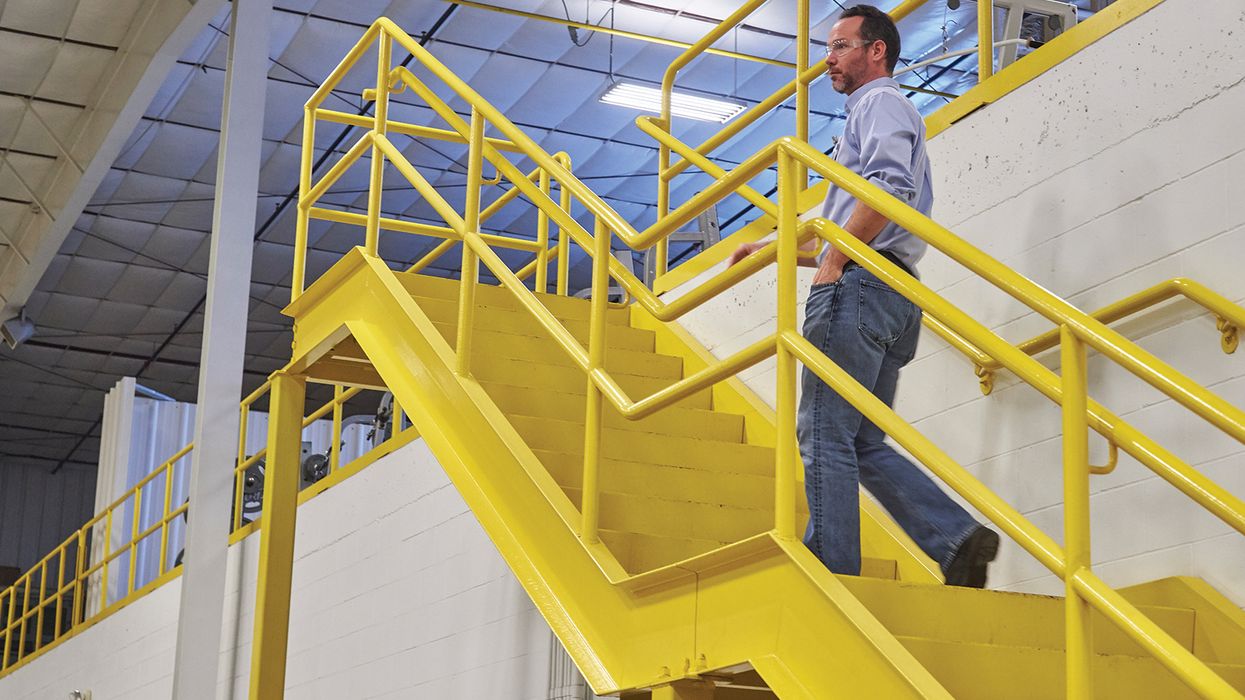The unseen hazards of rough terrain forklifts
Don't let their appearance fool you. Rough terrain forklifts are incredibly powerful pieces of equipment… but they aren’t as indestructible as they look.
Rough terrain forklifts are indispensable tools on most construction job sites. They can navigate uneven ground, transport heavy materials, and facilitate movement in challenging environments.
They also come with hidden dangers that can jeopardize both safety and efficiency.
Some of the main hazards of rough terrain forklifts include:
- tipping due to uneven ground or improper load distribution,
- overloading beyond capacity leading to instability,
- collisions with obstacles or other machinery,
- and operator error due to inadequate training.
Tipping hazards
Forklift operators must understand the importance of safely balancing the load. While this is true for all forklifts, it becomes particularly critical when using rough terrain forklifts. That’s because uneven ground exacerbates the risk of tipping.
In the event of a tip-over, the potential for injury to operators and bystanders is high, and property damage can be extensive.
Tipping hazards can also come in the form of the load or material itself tipping from the forks and creating a falling objects hazard to nearby personnel.
For example, many rough terrain forklifts can spread the forks as wide as 4-6 feet. But operators will often leave them significantly closer together. If the operator tries to pick up a bundle of lumber that’s 12 feet long, and the forks are only 2 feet apart, the load is not as stable as it could be.
To mitigate tipping hazards, operators must carefully assess the weight and distribution of each load. This involves careful consideration of factors such as the load's center of gravity and its compatibility with the forklift's capacity.
Overloading beyond capacity
There is often a temptation with construction sites to “hurry along” and rush the process to ensure the job is completed on time. Operators may try to maximize efficiency by carrying large loads to shorten the number of trips from Point A to Point B.
But exceeding a forklift's load limit is a serious gamble with potentially devastating consequences.
In the context of rough terrain forklifts, this risk is further compounded by the dynamic nature of construction sites, where uneven ground and unpredictable conditions exist.
Overloading not only compromises the stability of the machine but also jeopardizes the safety of nearby personnel and bystanders. By adhering to prescribed load limits and exercising caution in load management, operators can help mitigate the risks of tipping, instability, and injuries from falling objects/loads/materials.
Collisions hazards
Collisions with obstacles or other machinery pose significant risks on construction sites. Blind spots and the busy nature of construction environments can cause forklift operators to collide with other moving equipment such as cranes, excavators, or dump trucks.
Bystanders are also exposed to collision and struck-by hazards, as there are often employees working in close proximity to rough terrain forklifts.
To overcome this hazard, operators must maintain situational awareness and employ safe operating practices. This includes keeping a safe distance from obstacles, using spotters when necessary, and adhering to designated traffic routes.
Inadequate training
Without comprehensive training, operators may lack the necessary skills and knowledge to safely maneuver rough terrain forklifts in challenging construction environments.
One significant difference between rough terrain forklifts and other forklifts designed for indoor use is their ability to traverse rugged terrain. Rough terrain forklifts feature larger, more robust tires and enhanced suspension systems to navigate uneven ground, slopes, and obstacles commonly found on construction sites.
However, operators may underestimate the impact of terrain on stability and inadvertently expose themselves to tipping hazards. They may also engage in riskier behavior if they feel safer and more secure in a larger, more robust piece of equipment.
Be sure to adequately train all operators to recognize hazards and avoid complacency.
Comprehensive training programs should cover not only the technical aspects of forklift operation but also emphasize hazard recognition, risk assessment, and safe work practices. Regular refresher training sessions can help reinforce these concepts and ensure that operators remain competent and confident in their abilities.
Key to remember: While they are certainly robust and indispensable pieces of equipment on a construction job site, rough terrain forklifts come with their own set of unseen hazards and challenges that should not be overlooked.





